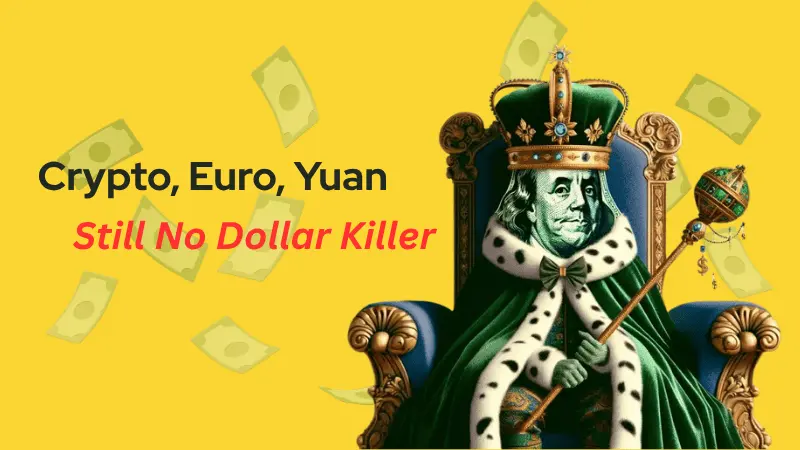简体中文
繁體中文
English
Pусский
日本語
ภาษาไทย
Tiếng Việt
Bahasa Indonesia
Español
हिन्दी
Filippiiniläinen
Français
Deutsch
Português
Türkçe
한국어
العربية
Oil prices up as US inflation eases
Abstract:According to Reuters, oil prices experienced a more than 1% increase on Thursday, reaching their highest point in nearly three months. This surge was driven by U.S. inflation data, which indicated that interest rates in the world's largest economy were nearing their peak.

According to Reuters, oil prices experienced a more than 1% increase on Thursday, reaching their highest point in nearly three months. This surge was driven by U.S. inflation data, which indicated that interest rates in the world's largest economy were nearing their peak.
Brent crude futures saw a rise of $1.25, equivalent to 1.6%, settling at $81.36 per barrel. The peak during the session reached $81.57, marking the highest level since April 25.
Similarly, U.S. West Texas Intermediate crude futures experienced a gain of $1.14, or 1.5%, reaching $76.89. The session's highest point was $77.13, the strongest level since April 26.
On Wednesday, data revealed that U.S. consumer prices had only moderately increased in June, with the smallest annual rise in over two years. This ongoing decline in inflation contributed to a drop in the U.S. dollar index, which fell to its lowest level since April 2022. The weakened dollar played a role in boosting oil prices, as it made crude more affordable for holders of other currencies.
Analysts like John Kilduff, a partner at Again Capital LLC in New York, attributed the increase in oil prices to the low inflation figures. Phil Flynn, an analyst at Price Futures Group, commented that fears of an interest rate hike by the Federal Reserve had previously acted as a headwind for oil prices. However, with the expectation of only one more rate rise, concerns eased. Higher interest rates have the potential to slow economic growth and reduce oil demand.
Recent rallies in oil prices, surpassing 11% over two weeks, were primarily driven by supply cuts from major producers Saudi Arabia and Russia, according to Craig Erlam, a senior market analyst at OANDA.
The structure of Brent futures contracts indicates a tightening market and suggests that OPEC's efforts to support the market may be succeeding. The premium of a front-month Brent contract compared to a six-month February 2024 contract rose to $2.64 per barrel on Wednesday. In late June, the front-month contract was at a discount compared to the six-month contract.
The International Energy Agency (IEA) released a report on Thursday predicting a record-high oil demand this year, although the increase would be slightly lower than previously anticipated due to broader economic challenges and interest rate hikes. Similarly, an OPEC report maintained an optimistic outlook on global oil demand despite economic weaknesses. It raised its growth forecast for 2023 and predicted a minor slowdown in 2024, with fuel consumption expected to be driven by China and India.
In China, however, the momentum of the post-pandemic recovery slowed, with exports contracting last month at the fastest pace since the onset of the pandemic three years ago, according to data from the country's Customs Bureau.

Disclaimer:
The views in this article only represent the author's personal views, and do not constitute investment advice on this platform. This platform does not guarantee the accuracy, completeness and timeliness of the information in the article, and will not be liable for any loss caused by the use of or reliance on the information in the article.
Read more

Crypto, Euro, Yuan: Still No Dollar Killer
Despite frequent “de-dollarization” headlines, the U.S. dollar remains unrivaled due to unmatched market depth, global usability, and trusted legal/institutional frameworks. Crypto and other currencies (euro, yuan) lack the stability, convertibility, and infrastructure required to replace the USD, while the Fed’s credibility and the scale of U.S. financial markets continue to anchor demand. Bottom line: no alternative currently offers a complete, credible substitute for the dollar’s global role.

100% Tariff Incoming: Trump Announces November Hike on China
The U.S. will impose an additional 100% tariff on Chinese imports starting Nov. 1, 2025—potentially earlier—alongside new export controls on “critical software,” escalating tensions after Beijing’s rare-earth curbs, new port fees, a Qualcomm probe, and a halt to U.S. soybean purchases. Stocks fell on the news. Key context: some U.S.-China tariffs remain paused until Nov. 10, a Supreme Court case could reshape Trump’s tariff authority, new U.S. duties on cabinets (Oct. 1) and wood products (Oct. 14) are in force, and a pause on Mexico tariffs is set to end next month.

What is NFP in Forex? An Insightful Guide for Traders
The Non-farm Payroll (NFP) report may be for the US. However, the report, which is issued every month, impacts the forex market globally. The monthly report estimates the number of jobs gained in the US in the previous month. The job numbers stated on this report exclude those of farms, private households, and non-profit organizations. Usually released on the first Friday of the month, the report also includes the US unemployment rate, average hourly earnings, and participation rate. In this article, we have answered the question - what is NFP in forex - and shared other pertinent details. Read on!

Fed Rate Cuts May Not Happen in July, Markets Await Policy Meeting Minutes Release
Federal Reserve officials had a meeting on June 17-18 during which some of them expressed a fall in interest rates in July. However, a lot of policymakers are still worried about the inflationary pressures that might emerge from US President Donald Trump’s import tariff decisions aimed at changing global trade. So, it seems the rate cut may not happen in July. Read this to know more.
WikiFX Broker
Latest News
Angel one 2025 Review & Complaints
Latest FCA Daily Alerts and Consumer Warnings for 2025
Webull Widens Crypto Futures with Coinbase Derivatives
Is Nash Markets Regulated or Risk? Truth About Nash Markets’ License & Withdrawal Issues
CySEC Blocks Certification Access to Combat Advisor Impersonation
Exclusive Markets Under the Scanner: Traders Report High Swap Charges, Deposit Discrepancies & More
Pinched By Penny Shortage, US Retailers Beg Congress To Step In
PINAKINE Broker Review: A Complete Look at Its Services and Risks
Voices of the Golden Insight Award Jury - Simon So, Chief Experience Officer of Hantec Financial
PINAKINE Broker India Review 2025: A Complete Guide to Safety and Services
Currency Calculator




